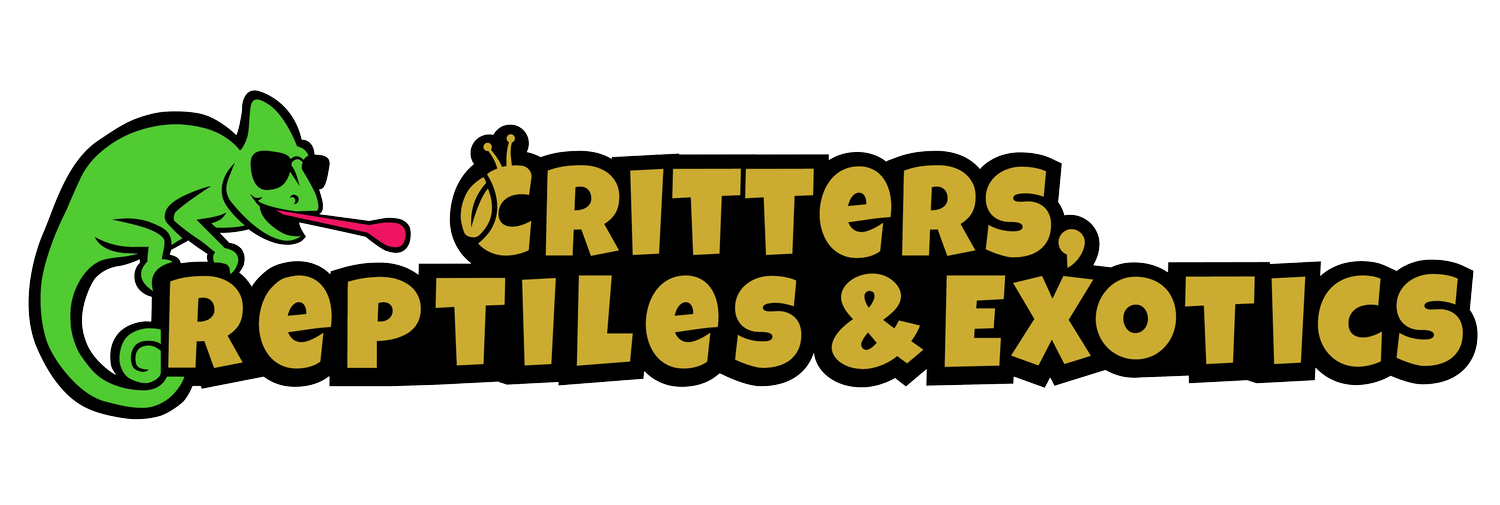Cuban False Chameleon Care
Cuban False Chameleon
(Anolis barbatus)
The Cuban False Chameleon is a fascinating species of anole native to Cuba. Unlike typical anoles, these lizards are heavier-bodied, with broad heads and independently moving eyes that give them a “chameleon-like” appearance. Adults typically reach 10–13 inches in length, with a significant portion being tail. They are generally calm and slow-moving compared to other anoles, which makes them stand out as unusual and captivating pets.
Lifespan:
8–15 years in captivity with proper care.
Sexing:
Males are generally larger, with broader heads, and may display more robust jawlines. Females are slightly smaller and less bulky in appearance.
Enclosure:
Provide plenty of climbing opportunities with sturdy branches, cork bark, and plants. These lizards prefer elevated perches.Dense foliage is essential for cover and security.
Minimum Size: A single adult requires at least a 24” x 18” x 36” enclosure, though larger is recommended.
Substrate:
A soil and coconut fiber mix works well for maintaining humidity. Bioactive setups with live plants are highly recommended.
Lighting & Temperature:
Basking Spot: 85-90°F
Ambient Range: 75–82°F
Nighttime Drop: 68-72°F
UVB: The use of a 5.0% UVB bulb is required for this species,
Humidity:
Maintain humidity levels of 60-80% with daily misting, automated misters, or foggers. Live plants help stabilize humidity and improve enclosure aesthetics. They appreciate moisture but also require good ventilation to prevent stagnant air.
Food:
Cuban False Chameleons are molluscivores in the wild, feeding primarily on snails and slugs. In captivity, they will eat:
Gut-loaded crickets, roaches, and other insects.
Canned or captive-bred snails (ensure no pesticides or chemicals).
Occasional treat: hornworms, silkworms, or similar soft-bodied prey.
All feeders should be dusted with calcium and vitamins as appropriate.
Water:
They rarely drink from bowls, so misting to provide water droplets on leaves is essential. A drip system may also encourage drinking.
Supplementation:
Calcium with D3: Dust food 2-3 times weekly.
Calcium without D3: Use on alternating days if adequate UVB lighting is provided.
Multivitamins: Offer once weekly to support overall health
With their unusual appearance, calm nature, and specialized diet, Cuban False Chameleons are one of the most unique anoles in captivity. They are best suited for keepers who enjoy watching natural behaviors in a well-planted, arboreal enclosure rather than frequent handling.


